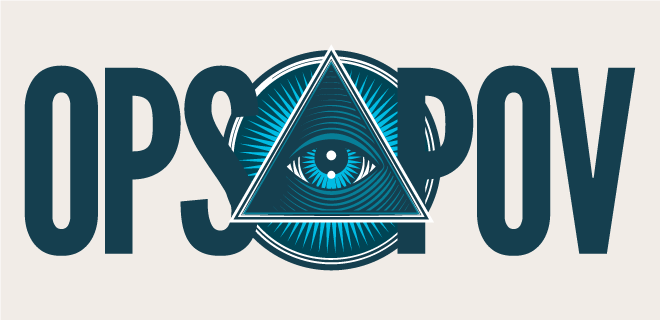
Once a model for innovation, SaaS in ad tech is now revealing its dark side—favoring lock-in over evolution and leaving once-promising platforms like Xandr stagnant as rivals like The Trade Desk surge ahead.
In theory, software as a service (SaaS) is supposed to unlock innovation. It promises scale, flexibility and continuous improvements—an elegant model for enterprise evolution.
But in the advertising technology world, we’re beginning to see signs that SaaS may be doing the opposite: stifling innovation by creating closed ecosystems that are too sticky to escape and too slow to evolve.
The difference between Xandr and The Trade Desk is a prime example of what happens when SaaS prioritizes retention over reinvention.
The Cost of Inertia
Xandr once showed ambition. It built both an SSP and a DSP, attempting to operate on both sides of the ad marketplace. While this dual strategy created confusion, it reflected a willingness to break models and reshape the ecosystem. But that momentum didn’t last.
Despite early partnerships—including one with Netflix—Xandr failed to adapt to the streaming revolution. Its infrastructure was built for display advertising, not the cross-device, video-dominated landscape of CTV. And in a world where DSPs thrive or die based on their ability to serve video and streaming inventory at scale, Xandr simply couldn’t keep up.
This is where SaaS becomes a double-edged sword. On one hand, it delivers powerful benefits: scaled pricing, predictable cost structures, better support and favorable payment terms, especially for large holding companies negotiating across brands. But these very advantages turn into traps. Annual contracts with minimum guarantees and baked-in discounts make it difficult, if not impossible, for brands or agencies to leave, even when innovation stalls.
This creates a paradox. SaaS platforms become so integral to operations that switching costs deter exploration. Why experiment with a new platform when the incumbent offers “good enough” performance at favorable terms? That’s how mediocrity gets institutionalized.
The Trade Desk and the Power of Iteration
Compare Xandr’s story to The Trade Desk, which has become the industry benchmark not necessarily because it is perfect, but because it is constantly evolving. Whether rolling out UID 2.0, enhancing CTV capabilities or investing in AI-powered optimization, The Trade Desk embodies a culture of perpetual beta.
It’s not always clean or universally praised, but it is undeniably innovative.
That ethos has set the bar for how a modern DSP should look. If you’re building atop a legacy SaaS stack that’s slow to adopt CTV or limited in retail media integrations, you’re already behind.
Amazon and DV360 have taken distinct positions. Amazon is strong for retail media, and DV360 is the only door to YouTube. But The Trade Desk owns the narrative for independent DSPs. Xandr, by contrast, had none of that momentum. Even after signing big names, it lacked the technical infrastructure and strategic clarity to be competitive.
Today’s DSP landscape is increasingly bifurcated. If you’re a cost-conscious buyer willing to trade features for savings, you go with a platform like Beeswax. If you want best-in-class capabilities, you choose The Trade Desk. If your strategy is rooted in Google or YouTube, you pick DV360. If you’re deeply embedded in retail, Amazon is your obvious choice.
But where does that leave Microsoft and Xandr? Nowhere, really. They exist in a no-man’s land: too big to pivot, too slow to compete and too locked into a SaaS structure that’s optimized for retention over reinvention.
SaaS Is a System, Not a Strategy
The Xandr story isn’t just about one company; it’s about a broader industry trend: SaaS platforms that focus on lock-in rather than breakthrough. The trade-off between security and speed is one every company must confront. But in fast-moving categories like ad tech, the inability to iterate is fatal.
SaaS can be a tool for transformation, but only when its business model supports innovation. Otherwise, it risks becoming exactly what it was meant to disrupt: a legacy system that’s too entrenched to evolve.